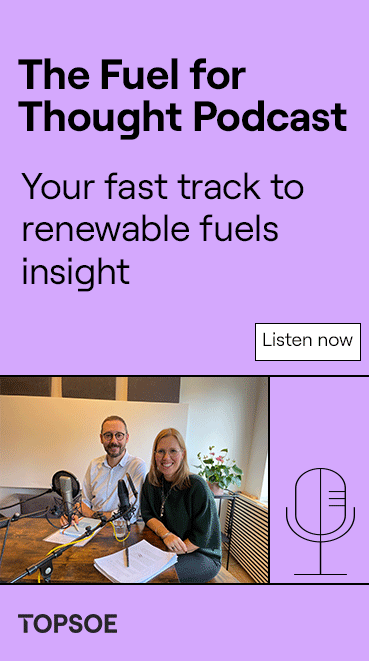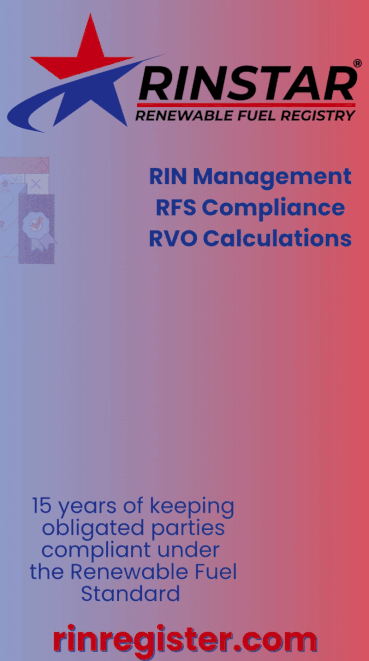Corn-ethanol, soy groups lament ‘restrictive all-or-nothing approach’ to climate-smart ag in SAF-credit guidance
- Ron Kotrba

- Apr 30, 2024
- 5 min read

The U.S. Department of the Treasury and Internal Revenue Service released guidance April 30 on the sustainable aviation fuel (SAF) credit established by the Inflation Reduction Act.
The treasury department’s guidance provides needed clarity around eligibility for the SAF credit, but those representing agriculture-based SAF feedstocks like corn ethanol or soybean oil appear less than impressed with the much-anticipated decision.
The credit incentivizes the production of SAF that achieves a lifecycle greenhouse-gas emissions reduction of at least 50 percent compared to petroleum-based jet fuel. Producers of SAF are eligible for a tax credit of $1.25 to $1.75 per gallon. SAF that achieves GHG-emissions reductions of 50 percent is eligible for the $1.25 credit per gallon amount, and SAF that achieves GHG-emissions reductions of more than 50 percent is eligible for an additional 1 cent per gallon for each percentage point the reduction exceeds 50 percent, up to 50 cents per gallon.
As part of the April 30 guidance, the agencies comprising the SAF Interagency Working Group jointly announced the overdue 40B SAF-GREET 2024 model.
This new GREET model provides another methodology—other than the International Civil Aviation Organization’s CORSIA, which was specifically named in the IRA legislation—for SAF producers to determine the lifecycle GHG-emissions rates of their production for the purposes of the SAF credit.
The modified version of GREET incorporates new data, including updated modeling of key feedstocks and processes used in aviation fuel and indirect emissions.
The modified GREET model also integrates key GHG emission-reduction strategies such as carbon capture and storage, renewable natural gas and renewable electricity.
The notice released April 30 also, on a pilot basis, incorporates a USDA pilot program to encourage the use of certain climate-smart agriculture (CSA) practices for SAF feedstocks.
According to the treasury department, incorporating CSA practices into the production of SAF provides multiple benefits including lower overall GHG emissions associated with SAF production and increased adoption of farming practices that are associated with other environmental benefits, such as improved water quality and soil health.
For corn ethanol-to-jet, the pilot provides a GHG-reduction credit if a “bundle” of certain CSA practices (no-till, cover crop and enhanced-efficiency fertilizer) are used.
It similarly would allow a GHG-reduction credit for soybean-to-jet if the soybean feedstock is produced using a “bundle” of applicable CSA practices (no-till and cover crop).
This is a pilot program specific to the 40B credit, which is in effect for 2023 and 2024.
To credit CSA practices in the clean-fuel production credit (45Z), which becomes available in 2025, the treasury department said the agencies will do further work on modeling, data and assumptions, as well as verification.
A new 45Z-GREET will be developed for use with the 45Z tax credit.
Emily Skor, CEO of Growth Energy, said, “This guidance crosses an important threshold in carbon modeling, recognizing for the first time that farming techniques can reduce the carbon intensity of crops and, by extension, bioethanol production. It’s also the first time the treasury department has used the Argonne National Laboratory’s GREET model in federal tax policy. These are promising big-picture developments and signal that agriculture is a key part of our nation’s climate strategy. The new 40B GREET model is trending with scientific consensus when it comes to measuring indirect land-use change. Years’ worth of peer-reviewed research has shown that this number has been decreasing when it comes to bioethanol production. We hope future guidance for the 45Z tax incentive follows this trend and continues to reflect the falling iLUC values for American biofuels.”
Skor continued, saying, “Still, the administration’s restrictive all-or-nothing approach to recognizing the value of climate-smart agriculture practices may ultimately limit innovation and make farmers, blenders and producers less—not more—likely to invest in emissions-reducing technologies. America’s potential SAF producers and their farm partners need flexibility to find the path that works best for them, but these rigid guidelines will leave carbon reductions on the table. The SAF market is just getting off the ground, and today’s guidelines are only the beginning of an important journey for the bioeconomy. As the administration builds on the 40B GREET model, its guidance for the 45Z tax credit must be less prescriptive and more expansive—fully embracing the totality of innovations that, by its own admission, can demonstrably reduce carbon intensity. Only then will the incentive structure give a strong market signal to producers that they’ve been given the green light on SAF, and that all of their innovations on the farm and at the plant will be properly rewarded.”
The treasury department first recognized soy as an eligible SAF feedstock in initial guidance last December through a Renewable Fuel Standard pathway.
Now, this additional guidance goes a step further to sweeten the value for soy, according to the American Soybean Association.
It provides a second pathway for soybean oil-based SAF to qualify for the SAF tax credit and assigns the feedstock a better carbon-intensity (CI) reduction score.
“Since the Dec. 15 news, ASA has implored USDA and other agencies to ensure a higher value can be achieved by using soybean oil than the baseline $1.25-per-gallon credit for SAF that meets a 50 percent GHG reduction compared to traditional petroleum jet fuel,” ASA stated. “Where the guidance goes sideways for soy, however, is that for soybean oil to qualify through this new pathway, the soybeans must be grown using both no till and cover cropping. ASA is very supportive of using climate-smart agriculture practices to improve CI reductions, but specifying only two practices out of a variety of sustainability measures will further restrict soybean-oil use as a SAF feedstock. Adding to concerns, no till and cover cropping are feasible only for soybean farmers in certain parts of the soy-growing region, which means regional disparity is likely.”
ASA President Josh Gackle said, “For growers like me here in North Dakota, short growing seasons and unpredictable fall weather make the cover-crop requirement alone next to impossible. Growers in the Northern Plains do so when possible. However, employing both no till and cover cropping is contrary to what Mother Nature will allow, no matter what the guidance specifies.”
ASA said it appreciates USDA’s work to ensure improved CI-reduction scores for soybeans but asks that more be done to create an inclusive program—and one that considers sustainability practices that are feasible across all soy states.
The Advanced Biofuels Association applauded the treasury department and IRS “for their decision to offer increased modeling flexibility for measuring the carbon intensity of SAF,” said ABFA President Michael McAdams. “This move will facilitate greater production of SAF and pave the way for its widespread adoption. … Later this year, the administration will have another opportunity to further boost advanced biofuel production when it establishes the model for qualifying fuels under the clean-fuel production credit, or 45Z. We hope that regulators will craft this rule transparently and in consultation with industry partners to achieve emissions-reduction goals alongside economic outcomes.”


































